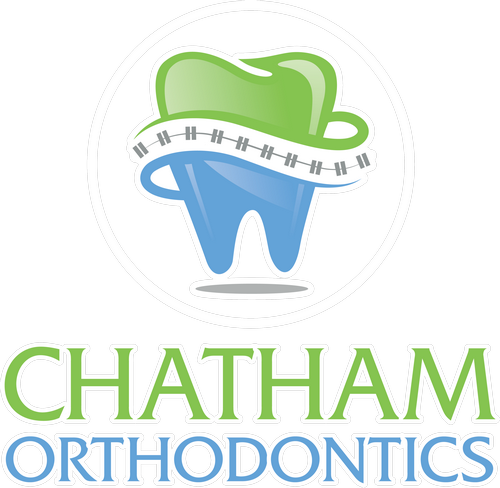Orthodontic treatment is a well-structured process that typically unfolds in distinct phases tailored to each patient’s needs. Depending on the complexity of the malocclusion and the chosen treatment approach, orthodontic treatment may involve two or three primary phases.
Phase 1: Planning Stage
During the initial planning phase, the orthodontist conducts a comprehensive evaluation to formulate an effective treatment strategy. Key components of this phase may include:
- Medical and Dental Evaluations: Assessing overall health and addressing any pre-existing medical or dental issues to ensure a smooth treatment process.
- Study Models (Castings/Bite Impressions): Creating precise models of the teeth to evaluate their current alignment and relationship with each other.
- Panoramic X-rays: Providing detailed insights into the jaw structure and identifying any potential complications.
- Computer-Generated Images: Utilizing digital imaging technology to visualize treatment outcomes and facial symmetry.
- Photographs: Documenting the progression of treatment and its impact on facial aesthetics.
Phase 2: Active Treatment
Once the treatment plan is established, the active phase begins, focusing on the application of customized orthodontic devices to gradually move the teeth into proper alignment. This phase involves:
- Custom Orthodontic Devices: Recommending and implementing fixed or removable orthodontic appliances tailored to the patient’s needs. Fixed braces, including traditional and lingual braces, exert consistent pressure on the teeth through brackets and wires. Removable devices like Invisalign, headgear, or facemasks offer alternative treatment options.
- Regular Adjustments: Ensuring the orthodontic devices are properly adjusted at regular intervals to maintain consistent pressure on the teeth for effective realignment.
- Monitoring Progress: Regular visits to the orthodontist to assess progress and address any issues with the orthodontic devices.
Phase 3: Retention Stage
Upon achieving the desired tooth alignment, the retention phase begins to preserve the results achieved during active treatment. This phase involves:
- Removal of Orthodontic Devices: Discontinuing the use of fixed braces or removable devices.
- Custom Retainer: Fabricating a custom retainer to prevent teeth from shifting back to their original positions.
- Retention Protocol: Following a prescribed wear schedule for the retainer to maintain the stability of the realigned teeth.
- Jawbone Stabilization: Allowing the jawbone to adapt and stabilize around the newly aligned teeth.
Conclusion
Orthodontic treatment encompasses a well-defined process aimed at achieving optimal dental alignment and function. By following the structured phases of treatment, patients can enjoy lasting improvements in their oral health and smile aesthetics. For more information or inquiries about orthodontic treatments, feel free to reach out to our office.
Contact Us

We encourage you to contact us with any questions or comments you may have. Please call our office or use the quick contact form below.
Testimonials

Chris C.
Dr Johnson put braces on me a little over a year ago and I honestly can’t say anything but good stuff about her and her staff. She’s a straight shooter that shoots from the hip and tells you like it is and let’s you know upfront what the process will be like and what she’ll try her best to accomplish but she will tell you that she’s not a magician either. For me that sealed…
Betty M.
Dr Johnson explain every step they are going to do. My granddaughter was not scared at all. Rosa is a very pleasant and caring person with the kids she also explains the steps that will be going on.
Camila M.
I made an appointment with Chatham Orthodontist for my 6 yr old who has an underbite and grinds her teeth. The receptionist was very friendly when I called to inquire about treatment. She explained to me how my insurance would work and what my option would be. When I arrived she was very friendly and ready for us. Dr. Johnson was great, also really friendly and very thorough…
